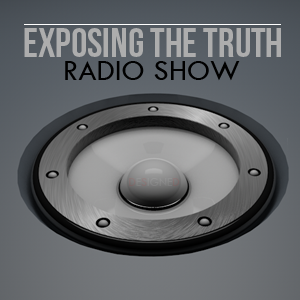Britain teetered on the brink of a double-dip recession today - but the Con-Dems’ only answer was to target the men and women already paying for the bankers’ crisis.
Treasury Chief Secretary Danny Alexander launched a smear campaign against the millions of public servants fighting for their pensions, claiming the November 30 walkout would cost the economy half a billion pounds. 
His claim coincided with Office for National Statistics figures which confirmed that Britain’s gross domestic produce (GDP) grew by a measly 0.5 per cent in the three months from July to September.
RMT union leader Bob Crow said: “Rather than facing up to the casino capitalists who are on the point of dragging this country into phase two of the double-dip recession, Danny Alexander and the Con-Dem government are instead lashing out at the men and women in the public services who make the UK tick.”
Mr Alexander claimed there was “no more money on the table” to settle the bitter row over pensions.
He added: “If all the members of all the unions that balloted go on strike, that’s going to have a significant impact on our economy.
“We estimate half a billion pounds of lost output to the UK.”
Source: https://























 sending...
sending...
